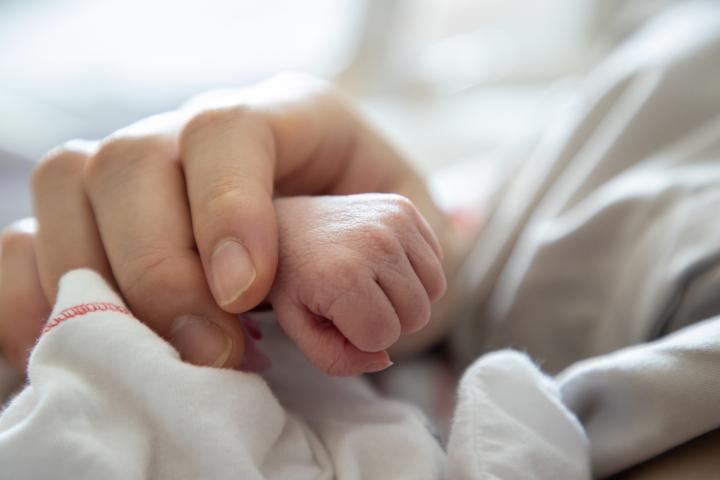The rate of premature births in the United States increased by 12% from 2014 to 2022, reaching nearly 8.7%, according to a recent analysis by the National Center for Health Statistics (NCHS). The report highlighted significant racial and age disparities among mothers, revealing that Black mothers were nearly twice as likely as white mothers to give birth prematurely—12.5% compared to 7.6%. Additionally, women over 40 faced a higher risk of preterm birth compared to those aged 20-29—12.5% versus 8.23%.
This analysis contributes to the growing evidence of a maternal and infant health crisis in the US, a situation experts believe could worsen due to abortion bans across several southern and western states. The US already struggles with one of the highest maternal mortality rates among developed democracies, as reported by the Commonwealth Fund.
Cynthia Gyamfi-Bannerman, a maternal-fetal medicine specialist and president-elect of the Society for Maternal-Fetal Medicine, emphasized the challenges in finding a solution to decrease preterm births. The NCHS report underscores the persistent high rate of preterm births, emphasizing the potential risks associated with delaying childbirth, as there has been a shift towards women giving birth in their early 40s in the past decade.
The analysis also highlights ongoing racial disparities, with researchers exploring factors such as “weathering”—premature aging due to the stress of racism and deprivation. While weathering may contribute to the issue, preterm birth is likely multi-factorial, according to Gyamfi-Bannerman.
Preterm birth, occurring before 37 weeks, is a leading cause of death and health conditions for infants and children. Babies born earlier face higher risks of death, serious health complications, and disabilities. Even “early term” births at 37 weeks come with increased health risks.
The NCHS researchers examined birth records from 2014 to 2022, observing an annual 2% increase in preterm births, with some fluctuations during the Covid-19 pandemic. This suggests that social and economic stressors, believed to drive preterm births, may be worsening.
Importantly, the NCHS rate is calculated differently from another highly publicized preterm birth statistic—10.4%—cited by the March of Dimes. The NCHS data considers all births, while the March of Dimes statistic is derived from live births.
The report covers the early stages of the post-Dobbs era, with the Supreme Court overturning Roe v. Wade in July 2022. Subsequently, more than a dozen states, particularly in the south, swiftly implemented abortion bans. A survey of obstetricians and gynecologists in June 2023 reported overwhelmingly negative effects of abortion restrictions and bans on maternal health.
Experts fear that abortion bans, especially in southern and western states, could exacerbate preterm birth trends by compelling doctors caring for pregnant women and new mothers to relocate to areas where their livelihoods and liberties are not threatened by criminal abortion bans.
















































